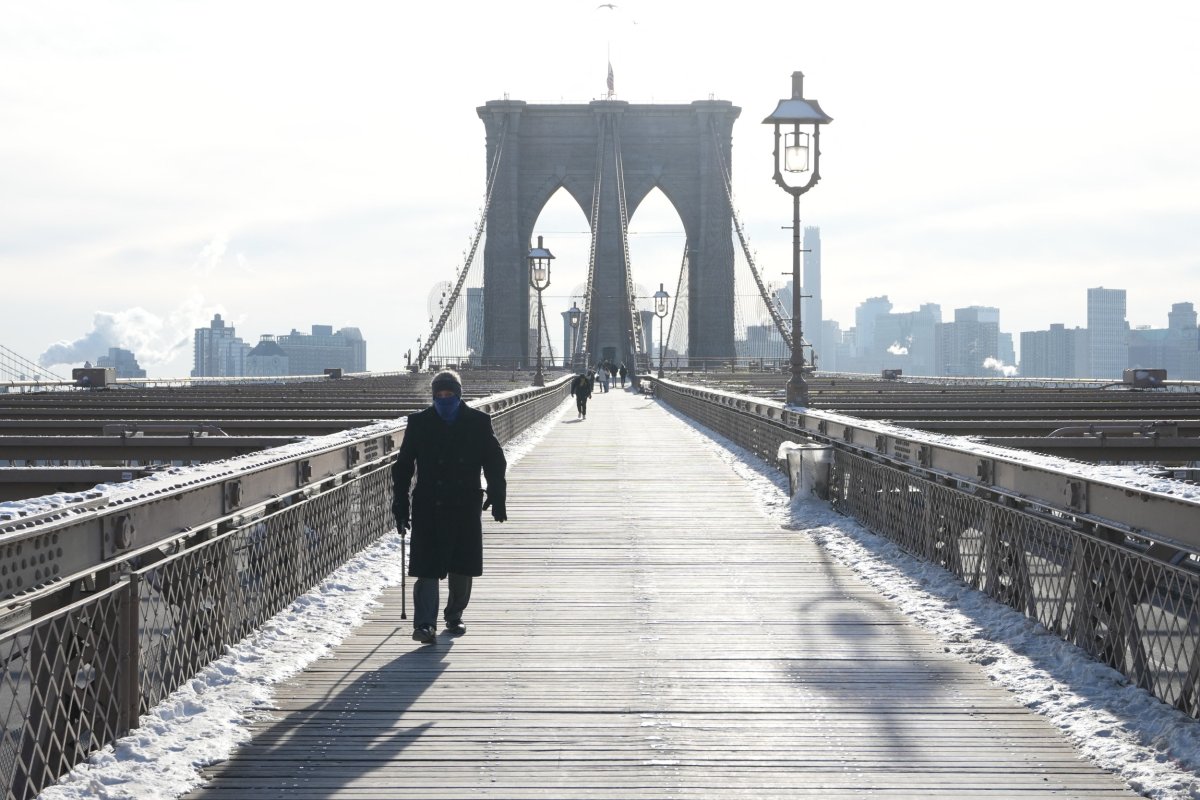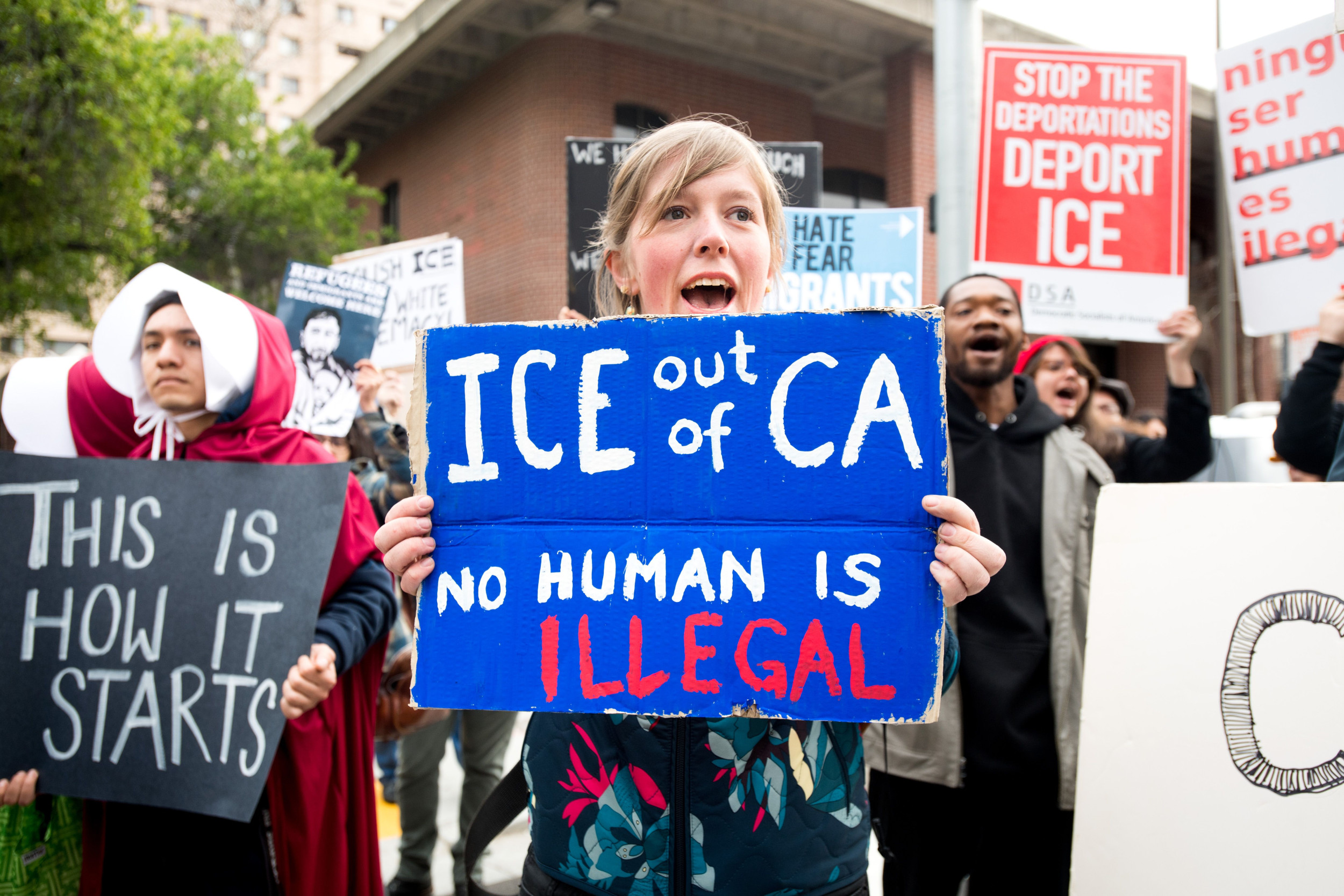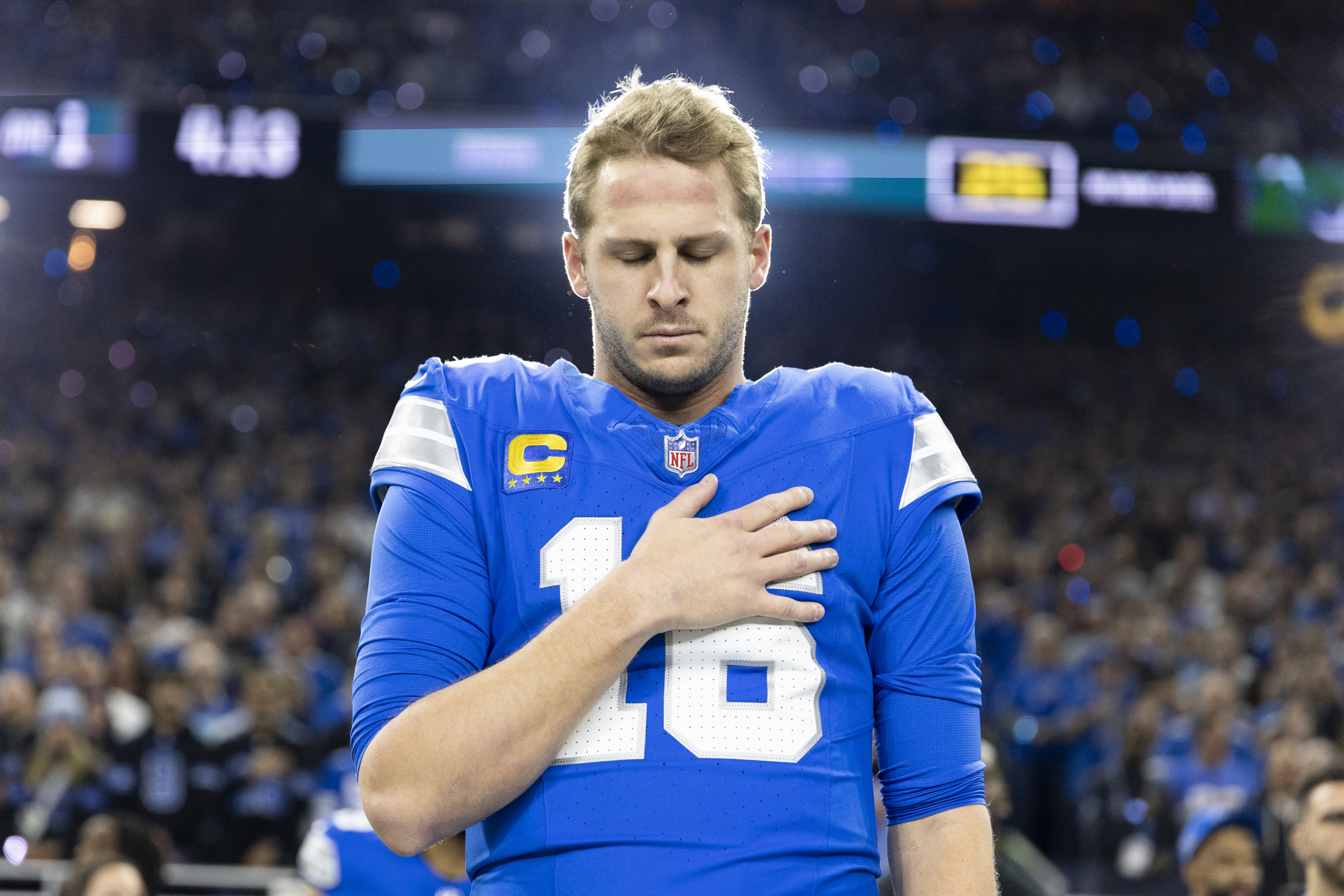As several states across the U.S. face freezing temperatures, wind chills are adding another frigid layer to the winter weather conditions, making already cold days feel even colder.
Why It Matters
Millions of people are enduring frigid temperatures through this week. Subzero wind chills hit the Northern U.S. over the weekend and have since spread farther into the country.
The extreme cold weather comes with major risks to health and safety. The National Weather Service (NWS) warns that bitterly cold wind chills can result in hypothermia or frostbite when temperatures drop below freezing.

What To Know
Several states are facing wind chill values between 0 and 10 degrees F. On Wednesday, temperatures in New York state dropped to single digits while a winter storm swept across the U.S., and there were concerns about the wind chill effects.
Wind chill, often described as the "feels-like" temperature, is a key concept in winter weather. While the thermometer measures air temperature, wind chill considers the combined effects of wind and cold air on human skin, giving a more realistic sense of the exposure risk.
According to the NWS, as the wind increases, it draws heat from the body, driving down skin temperature and eventually the internal body temperature. While wind chill is not a true temperature, it allows experts to understand how heat is lost because of the wind.
For instance, if the air temperature is 0 degrees with a 15 mph wind, the wind chill can plunge to -19 degrees, a level where exposed skin can freeze in as little as 30 minutes.
How to Calculate Wind Chill
The formula used by the NWS to calculate wind chill is:
Wind chill (degrees F) = 35.74 + 0.6215T− 35.75 (V0.16) + 0.4275T (V0.16)
Here, T is the air temperature in Fahrenheit and V is the wind speed in miles per hour. This formula assumes an average human face height of 5 feet, no direct sunlight and wind speeds above 3 mph.
What People Are Saying
New York City's Fire Department said at a press conference Wednesday: "FDNY is ready to respond to any and all emergencies in New York City whether it is cold or hot. We are asking for the public's help in these really frigid times, to please not leave your space heaters on in your apartments. You cannot leave them unattended."
The NWS Weather Prediction Center said on X (formerly Twitter) this past Friday: "Bitterly cold air currently moving into the northern Plains will overspread much of the country this weekend into next week, providing the cold air ingredient for both winter storms. Life-threatening wind chills to 55 below are expected in the northern Plains this weekend."
AccuWeather lead long-range expert Paul Pastelok said in late December: "This could end up being the coldest January since 2011 for the U.S. as a whole.... The key here is that the Arctic outbreak will involve many days and not just be a quick one-to-three-day event."
What Happens Next
As New Yorkers brace for more days of chilling temperatures, understanding wind chill remains critical for public safety. This week's forecast indicates temperatures will range from 21 to 30 degrees, but wind chill values could make it feel as low as 0 degrees.
With frostbite possible within minutes under such conditions, experts urge layering, covering exposed skin and limiting outdoor exposure.




















 English (US) ·
English (US) ·